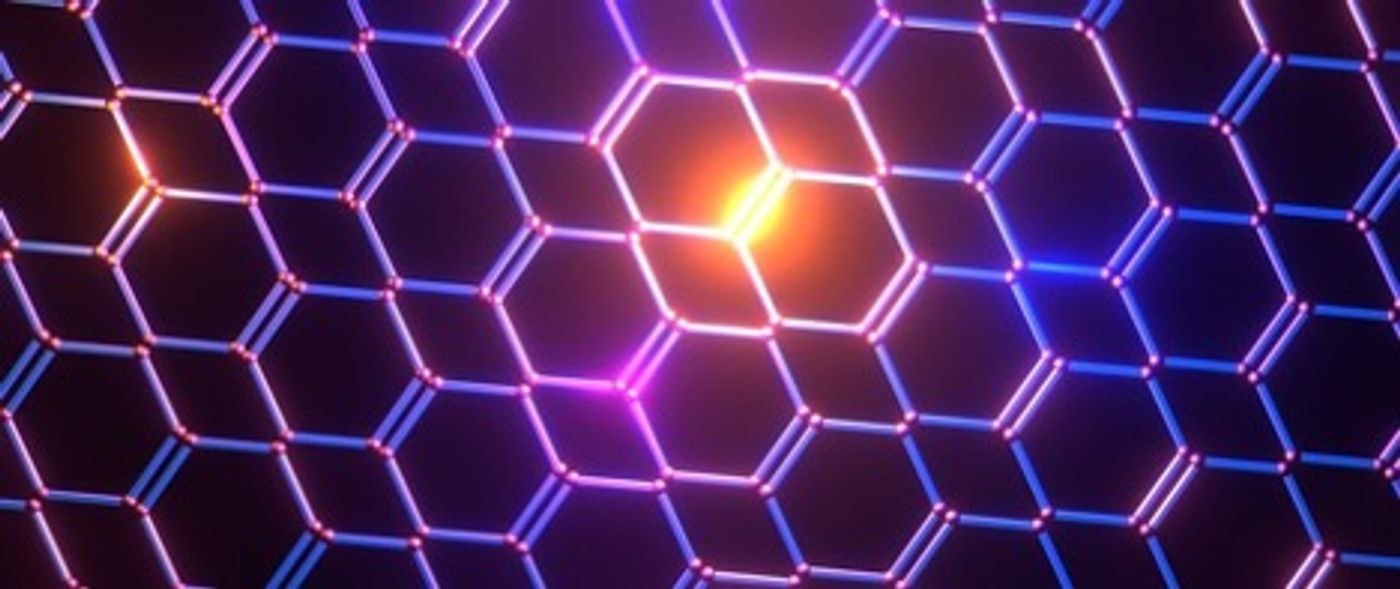Graphene-Oxide Based Nanotechnology and Immunology-An Exciting Partnership
As treatments and infection control practices surrounding COVID-19 continue to evolve, nanotechnological solutions are being considered for their unique properties. Graphene is an atomic-thick layer of atoms structured in a two-dimensional fashion. Its derivatives, such as graphene-oxide (GO), contain antimicrobial and antiviral properties due primarily to their electrostatic charge. For example, the strong negative electrostatic charge of GO has an affinity for the positively charged viral surface of COVID-19. This makes GO uniquely suited for functions such as disinfection or decontamination of surfaces. Recently, graphene-based material applications have been proposed not just for COVID-19, but also for other conditions such as cancer. A large systematic review from 2018 highlighted multiple studies citing the large surface-area of graphene-based nanomaterials (GBNs) as a valuable property for developing drug and gene delivery systems. A lot can be learned and theoretically proposed from studying the intrinsic properties of GBNs alone. However, the results of recent experimentation, published in August 2021, point to surprising developments in their application to Immunology.
Large-sized GO sheets can enhance the binding between antigen-presenting cells such as Dendritic Cells and T-cells in mice. This binding process initiates the immune response against a particular pathogen and is thus integral to developing a robust immune response. The mice were injected with vaccinations adjuvanted with either a small sheet of GO or a large sheet of GO and exposed to an adapted strain of SARS-CoV-2. Results revealed that large GO-adjuvanted vaccinated mice experienced a significant reduction in the viral genetic material compared to small GO-adjuvanted vaccinated mice. Over 99% of viral copies had been cleared from the lungs of large GO-adjuvanted vaccinated mice. The robust immune response observed was therefore dependent on the size of the GO nanosheet associated with the vaccine. This study provided insight into how GO nanosheets can promote communication between immune cells, thus carrying implications for vaccine engineering.
Graphene-based nanomaterials show promising potential. However, other 2-dimensional materials exist, and their biomedical applications remain to be explored. Although it may be some time before various solutions progress to human studies and subsequent clinical applications, as the results of studies like these emerge, we will likely continue to witness growth in this exciting field.
Sources: ChemBioEng Reviews, Pharmaceutics, Advanced Materials


![Everything You Need To Know About NGS [eBook]](https://d3bkbkx82g74b8.cloudfront.net/eyJidWNrZXQiOiJsYWJyb290cy1pbWFnZXMiLCJrZXkiOiJjb250ZW50X2FydGljbGVfcHJvZmlsZV9pbWFnZV9mNTM1ZjIyYzA5MDE5ZmNmMWU5NmI0ZDc4NWU2MzdiZTZlN2I5ZDk5XzE4NDUuanBnIiwiZWRpdHMiOnsidG9Gb3JtYXQiOiJqcGciLCJyZXNpemUiOnsid2lkdGgiOjcwMCwiaGVpZ2h0IjozNTAsImZpdCI6ImNvdmVyIiwicG9zaXRpb24iOiJjZW50ZXIiLCJiYWNrZ3JvdW5kIjoiI2ZmZiJ9LCJmbGF0dGVuIjp7ImJhY2tncm91bmQiOiIjZmZmIn19fQ==)






